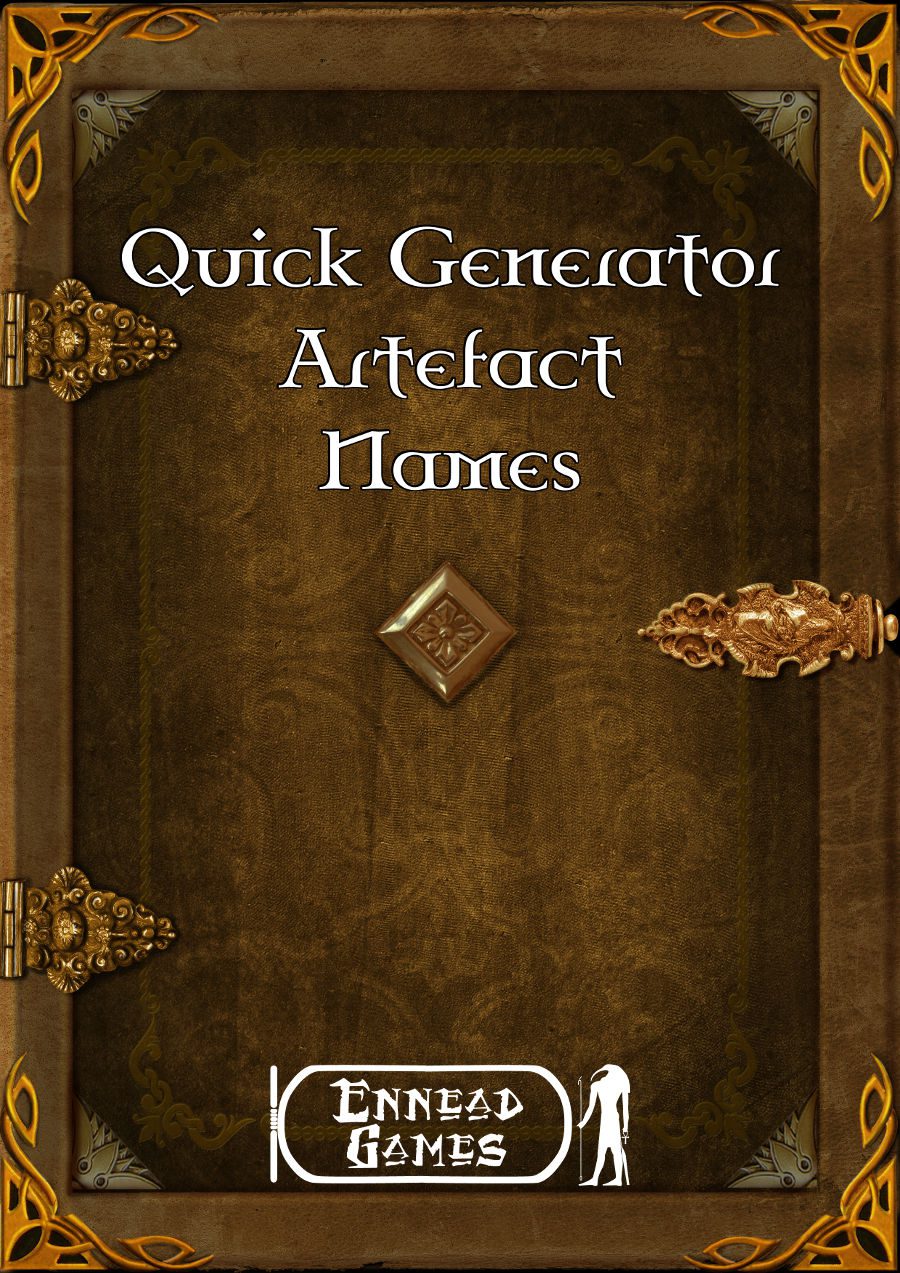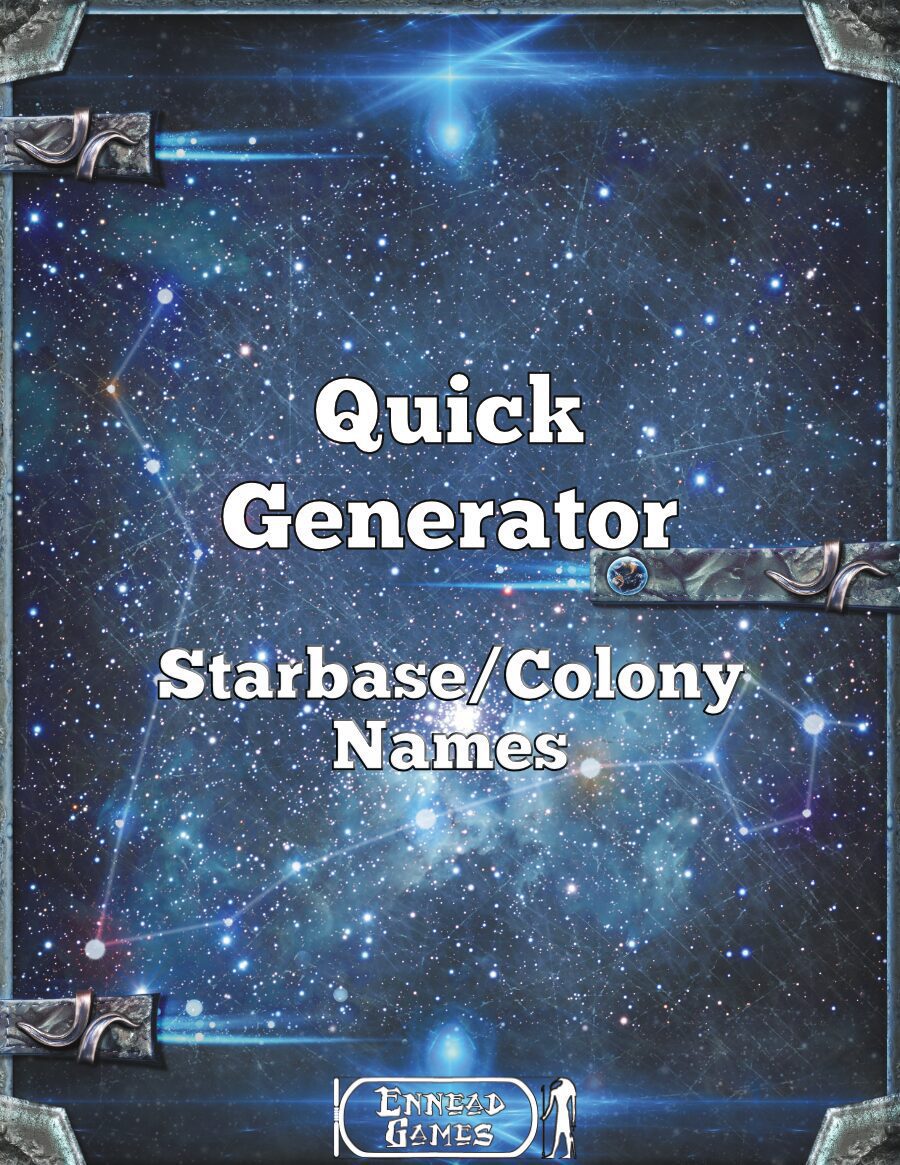This article is an extension to my review of Chase Cards 2 from Paizo – Phil
– – – – –
Pursuit Sequences in HeroQuest 2, Part 1: the Set-up
Phil Nicholls blogs at Tales of a GM, where he writes about narrative gaming, faster prep and more story. He is currently running a HeroQuest Glorantha campaign in a home-brew setting. Phil has written for Johnn Four’s Roleplaying Tips newsletter and has a selection of self-published pdfs.
This essay is taken from the archives at Tales of a GM.
My Players and I love chase sequences. Chases are a different way to achieve the traditional thrill of RPG combat without making the game into a dungeon crawl. HeroQuest is perfect for duplicating this experience, as the same Extended Contest mechanics are used for the chase as well as a combat.
As HeroQuest is relatively rules-light, the ideas in this essay can be used by any narrative GM to inform how they too could add chases to their game. This article explains how I set-up the situation between the participants.
Setting up the Chase
A chase arises from any number of circumstances: hunting deer, fleeing combatants, a nimble pickpocket in a crowded street market or simply being chased by the local guards. Once the story has led to a chase, I turn to the HeroQuest 2 rules to set-up the chase more precisely.
The first part of this process is a Simple Contest to establish the initial starting distances. This pre-chase contest is a single opposed roll between the participants. If there is more than one individual on either side, then I choose the one most capable in the current situation to make the roll.
For simplicity, here is an example from a recent game. The Heroes are hunting in the wilderness, and have spotted a wild fire-mane horse. A HeroQuest Simple Contest begins with the Players clarifying what they are trying to do, and which ability they are using to achieve this goal. The leading Hero announces he is trying to creep up on the fire-mane, and rolls using one of his stealth abilities against the fire-mane’s awareness.
Readiness of the Quarry.
As with all HeroQuest 2 contests, the outcome of this initial contest produces a graded result. The size of this Victory, or Defeat, determines the initial distance between the two sides. If the quarry wins, then for every Resolution Point in the result, the quarry starts the chase that many Chase Cards away. This represents the quarry being alert and aware of the approach of the hunters.
If the hunters win this initial contest, then they start the chase in close proximity to their quarry, in the same location represented by the Chase Card. In addition, the hunters can take the standard Lingering Bonus from this Simple Contest and apply it to the first round of the Chase. This outcome reflects the hunters’ proficiency and ability to approach the quarry very closely. Here the hunters have the element of surprise.
In our recent example the fire-mane was alert, and won a Marginal Victory. This level of success brings with it 1 Resolution Point, putting the fire-mane one Chase Card away from the Hero.
What if it all goes Wrong?
Of course, the pre-chase contest can result in a huge advantage for one or other of the participants. This is unlikely in HeroQuest, as the chances for the more extreme results are small, which they should be.
However, it is possible for the chase to be over before it has begun. I can accept this: If you live by the dice, then you can die by the dice. While it is a shame to miss out on the fun of a chase sequence, I am happy to leave it to the dice to decide what happens.
There are many ways for the Players to affect the narrative in my style of running HeroQuest, so I am willing to let the dice throw up some extra obstacles. I roll my dice in the open, ensuring that the Players know when fate is against them. The Heroes should not always have things their own way, and it can add a wrinkle to the plot when the dice throw obstacles at them.
Lay out the Chase Cards
Assuming that the initial contest has not negated the need for a chase entirely, it is now time to set it up. As I use the Paizo Chase Cards, I begin by setting down tokens for the participants. I usually just use dice, as I have them to hand, but miniatures would be better. I then reveal the first obstacle by turning over a Chase Card and laying it on the table in front of the Hero markers. The quarry marker is placed the other side of the Chase Card.
When an initial contest has awarded more than one RP to one of the participants, I would add extra cards between the Hero markers and the quarry marker. The gap between the participants thus matches the RP from the initial pre-chase Simple Contest. These additional cards are placed face-down. I like to keep these cards a secret until they are needed, as this adds to the spontaneity of the chase.
If the Heroes are the pursuers, then the additional cards are placed in front of the Heroes. Should the Heroes be the quarry, then these cards are place behind the Heroes, to ensure the required gap is maintained. Once again, these cards are left face-down as they are merely representative of the gap and will not be directly encountered by the Heroes.
The table is now set-up for an exciting chase.
End of Part one
Part two presents my method for running the chase. As with so much in roleplaying, the quality of a challenge at the table depends upon good preparation. Thus, it was worth devoting an entire essay to setting up the thrilling chase. This process is relatively quick at the table, but it deserved a proper explanation of method and reasoning. Return next week to learn how I run the Heroes through an exciting chase.
How do you set up chases in your game? Do your rules have specific guidelines for running a chase? Have you tried the Paizo Chase cards? Share your experiences with your fellow GMs in the comments below.
Happy Gaming
Phil
For more essays from Phil, and updates about his latest campaign, visit Tales of a GM.




One thought on “[Tales of a GM] – Pursuit Sequences in HeroQuest 2, Part 1: the Set-up”
Comments are closed.